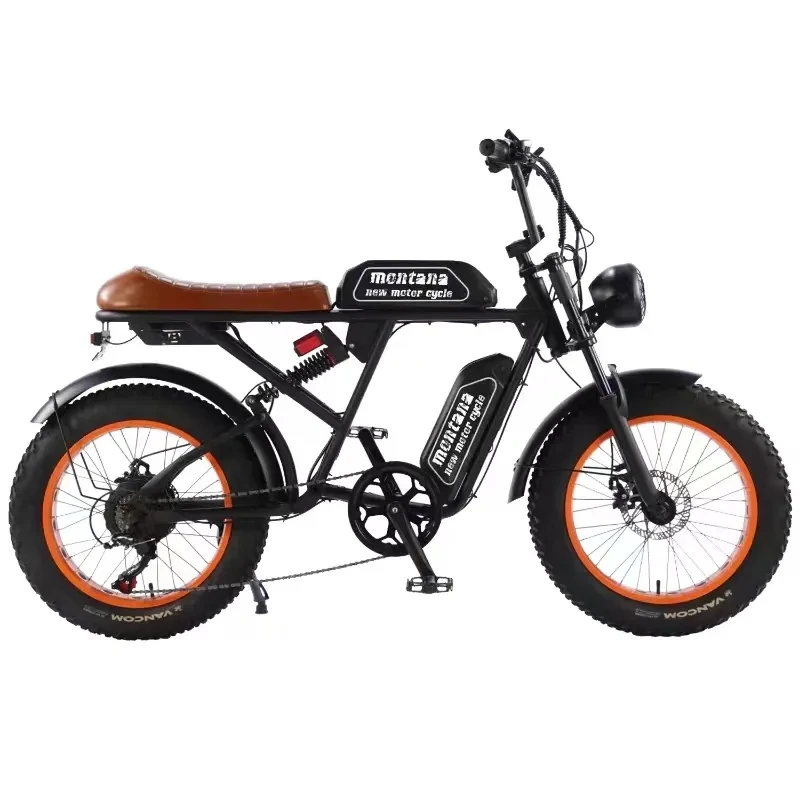Feb . 19, 2025 12:06 Back to list
27.5/29 "Color-Changing Carbon Fiber Mountain Bike 12 Variable Speed Mountain Bike Dirt Bike


3. Setting the Limit Screws The limit screws—marked L for low and H for high—constrain the derailleur's movement to prevent the chain from overshooting into the spokes or frame. Shift the chain onto both the largest and smallest cogs, adjusting the respective screws to ensure the jockey wheels align perfectly beneath each cog without deflection. 4. Checking the Derailleur Hanger A misaligned hanger often catalyzes shifting issues. Use a derailleur hanger alignment tool to ensure the hanger is correctly aligned. Wiggle it slightly to detect discrepancies, then realign as necessary to establish symmetry. This step is vital for avid mountain biking, as rough terrains can easily cause misalignments. 5. Fine-Tuning Shifts Test your bike through all gears both on the stand and during a brief test ride. Monitor for any persistent problems when the drivetrain is under load, which might indicate further tweaks are necessary. Adjust barrel screws and tension subtly for seamless transitions across all gears. Enhancing Expertise through Consistent Practice Adjusting a derailleur is both an art and a science that thrives on practice. Mountain biking enthusiasts can refine their skills by regularly performing minor checks and adjustments, fostering confidence and expertise over time. Additionally, staying updated with the latest advancements in derailleur technology contributes to improved maintenance techniques and troubleshooting skills. Trustworthy Advice from Professionals For those keen on mountain biking, learning derailleur adjustments can transform your riding adventures. Relying on certified mechanics or professional workshops for initial guidance can provide you with foundational confidence and understanding. Furthermore, participating in workshops or mountain biking forums can offer invaluable insights and practical skills directly from field experts, bolstering both your knowledge and credibility. Conclusion A well-adjusted derailleur is the cornerstone of an exhilarating mountain biking experience. By understanding its components, recognizing symptom indicators, and mastering the adjustment process, bikers can enjoy smoother rides and extend the life of their gear systems. Whether addressing small shifts at home or consulting professional services, refining one’s derailleur adjustment skills is a rewarding pursuit for every mountain biking enthusiast.
-
In-Depth Guide to Ebike Frames: Design, Use & Future Trends
NewsNov.25,2025
-
Discover Top E Bike Brand Insights, Specs & Future Trends | Yanline Bike
NewsNov.24,2025
-
Green E Bike – The Future of Sustainable Urban Mobility
NewsNov.24,2025
-
Ruffian eBike: Durable, Efficient Electric Bikes for Modern Mobility
NewsNov.23,2025
-
Comprehensive Guide to the Global E Bike Market and Future Trends
NewsNov.23,2025
-
Understanding Electric Bicycle Range: A Complete Guide for Smarter E-Bike Use
NewsNov.22,2025
-
Ceron Electric Bike – Efficient, Sustainable Urban Mobility Solutions
NewsNov.22,2025




